How to Lift Sagging Breasts With Exercise
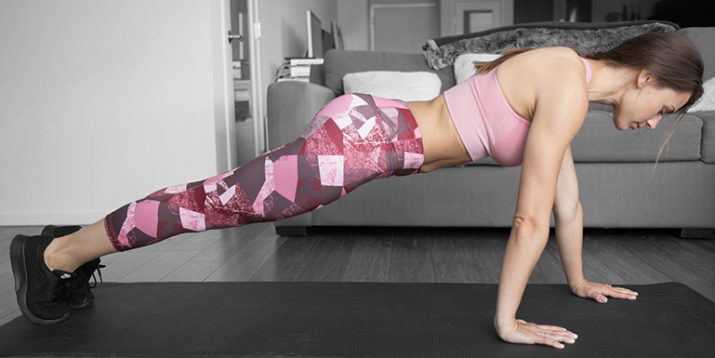
Age brings with it a lot of good things. Experience. Wisdom. The ability to understand Seinfeld references that predate the need to Google them.
If you’re moving past the age at which you routinely get carded at bars, however, you may have noticed something that’s not so great about getting older: sagging breasts. You’re not alone—as you age, it’s normal for some of your top-end assets to start drifting southward.
What Causes Breasts to Sag?
Let’s start with a quick anatomy lesson. There are two reasons your breasts were perky in the first place: connective tissue in the breast known as Cooper’s ligaments, and the collagen that gives your skin its firmness and elasticity. But when those start breaking down—which, we hate to tell you, is pretty much inevitable as you age—things slowly start to droop.
“Coopers ligaments, which hold the breasts in place, stretch and weaken with age,” says Leena Shankar Nathan, MD, Assistant Clinical Professor at UCLA OBGYN Westlake Village. Pair this with the natural decrease in collagen—the protein that gives your skin structure—and you’ve got the basic recipe for sagging breasts.
Is It Possible to Prevent Breasts From Sagging?
First, the bad news: Those structural changes are a normal part of aging. And if your breasts have already started their southern migration, there’s no miracle product that’s going to restore everything to its original perky glory—plenty of products offer help on how to fix saggy breasts, but most of them fall short on science.
“Creams, oils, and lotions may help the skin on the breasts to appear more supple and youthful, but I’ve never seen any good evidence that these help with breast sagging,” says Dr. Nathan.
However, there are two simple ways you can slow the breakdown a bit:
- Wear a sports bra when you work out. It’s important to keep your girls supported while you’re exercising—especially during high-impact workouts, because too much bouncing can break down tissue. A supportive sports bra combined with a Beachbody motion top can keep everything safely in place. (You may have heard that sleeping in a sports bra can prevent sagging, but there’s no added benefit to keeping your sports bra on overnight.)
- Quit smoking. OK, maybe this isn’t exactly a simple tip. But smoking can damage your skin and break down collagen, so chalk that up as another good reason to kick the habit.
Now for the good news: You don’t have to let gravity win. There is something you can do to boost your bust.
Exercises that target the chest muscles can help reduce the appearance of sagging, although maybe not in the way you’d expect. As Dr. Nathan explains, there’s no muscle in the breast, so you technically can’t beef up your bust. But you can strengthen and sculpt the nearby muscles—especially the pectoralis major—which can reduce the appearance of sagging. (And really, you should be lifting weights anyway.)
4 Exercises to Lift Saggy Breasts
Here are a few simple moves that can perk things up.
Incline Dumbbell Press
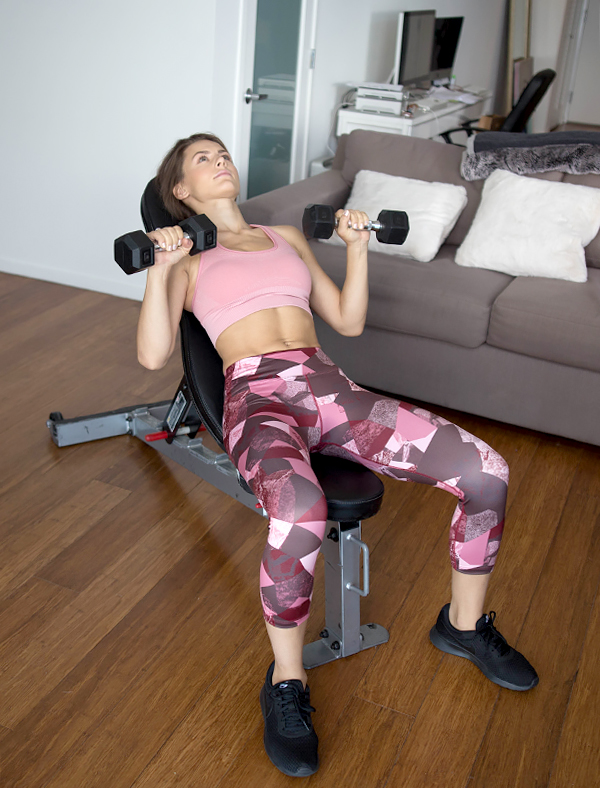
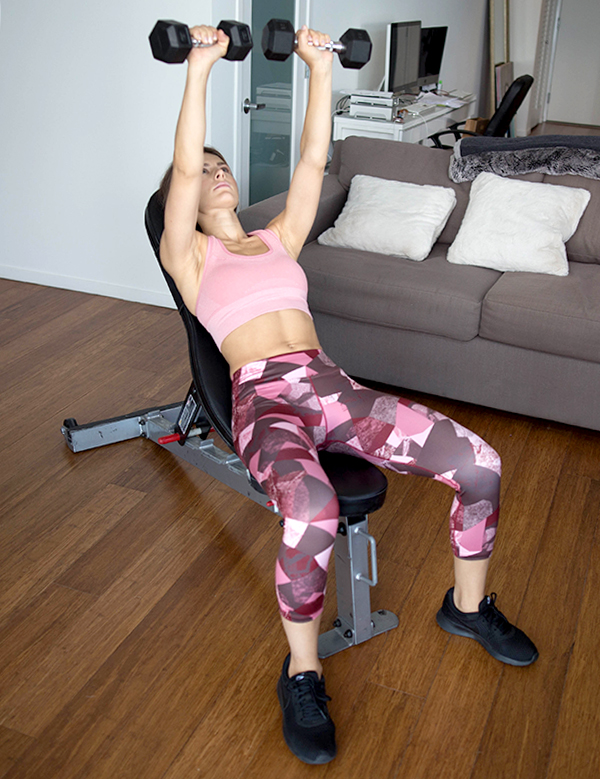
“This targets the upper chest,” says Rachel Straub, MS, a certified strength and conditioning specialist and co-author of Weight Training Without Injury. “The dumbbells allow for a fuller range of motion than a standard barbell, making it more effective.”
- Lie back on an incline bench set no greater than 45 degrees, holding a pair of dumbbells near the sides of your chest. Your head, upper back, and butt should touch the bench, and your feet should be flat on the floor.
- With your palms facing forward, slowly push the weights straight above your chest.
- Keeping your elbows close to your body (about 45 degrees), lower the weights to the sides of your chest.
Hints: Keeping your elbows close to your body as you lower the weights reduces stress on your shoulders. Flaring your elbows—the most common mistake people make when performing the bench press—has the opposite effect. Similarly, don’t arch your back as you push the weights upward—this will increase the stress on your spine. Instead, actively press your back into the bench and keep your abs braced.
Lying Dumbbell Fly
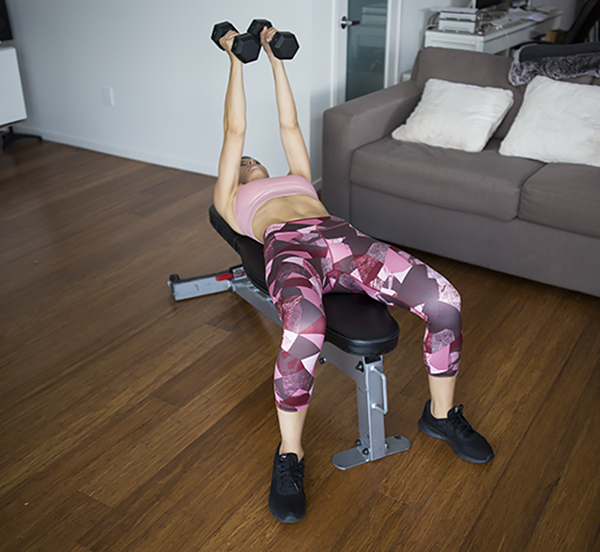
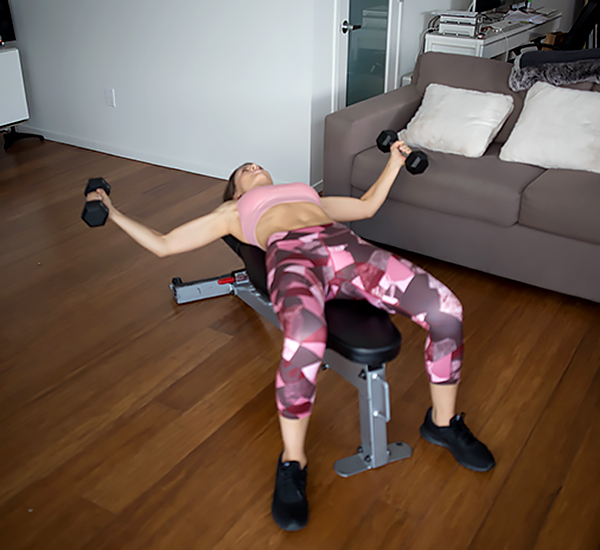
This pectoralis major has two primary functions: To push things away, and to squeeze things together. The lying dumbbell fly trains the latter. “The dumbbell fly works the chest through a [different] range of motion compared to presses,” Straub says. With that in mind, it’s more important—and more effective—to do the move correctly than to put up heavier weight. “Proper form is imperative or you will hurt your shoulders,” Straub adds.
- Lie on a flat bench with your feet on the floor, holding a pair of dumbbells directly over your chest with your palms facing each other. Don’t lock your elbows.
- Keeping your arms straight and elbows slightly bent (like you’re hugging a barrel), slowly lower the weights out to the sides in an arc pattern, making sure not to take them below shoulder level.
- Reverse the move, keeping your elbows slightly bent and squeezing your chest muscles as you return to the starting position.
Standing Reverse Fly
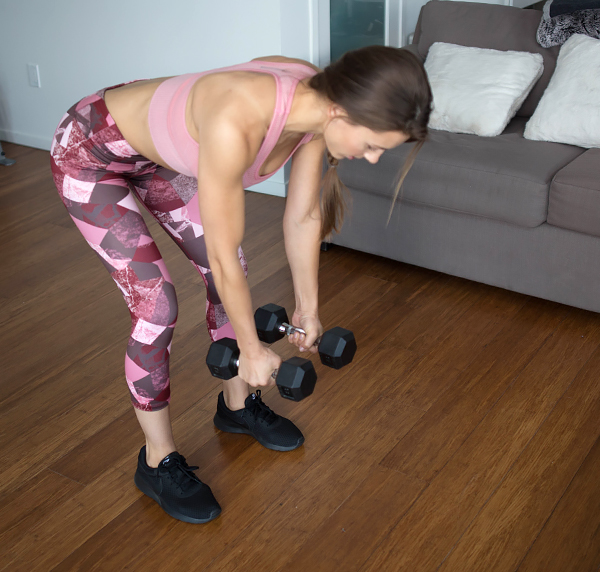
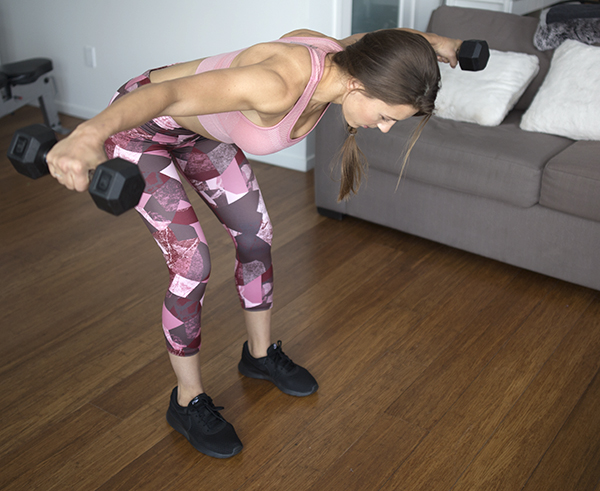
Want to give your bust an instant lift? Stand up straight. Good posture can make a big difference. “It doesn’t matter how many chest exercises you do—if you have rounded shoulders and a hunched back, you will still sag,” Straub says. “The reverse fly is a key exercise for fixing rounded shoulders because it strengthens the muscles that pull your shoulders back.”
- Stand with your feet hip to shoulder width apart holding a pair of dumbbells by your sides.
- Push your hips back and hinge forward, lowering your torso until it’s nearly parallel to the floor. Allow the weights to hang at arm’s length, palms facing each other. This is the starting position.
- Keeping your back flat and your torso sill, raise your arms out to your sides until they’re in line with your body. Squeeze your shoulder blades together at the top of the movement.
- Return to the starting position, and repeat.
Staggered Push-Ups
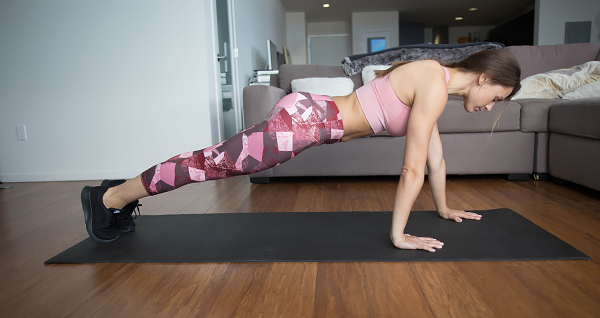
Beachbody Super Trainer Tony Horton recommends this exercise for working your chest. It’s a twist on the classic pushup, and as such, will work your chest muscles in a new way, spurring new growth.
- Start in a standard push-up position—arms straight, hands in line with (but slightly wider than) your shoulders, and body straight from head to heels.
- Move your right hand slightly forward and your left hand slightly backward.
- Do two push-ups.
- Switch hand positions and repeat.
- Continue alternating hand positions every two reps.
For more moves that strengthen your chest (and every other muscle in your body), check out Beachbody On Demand, where hundreds of workouts are always available for streaming on a mobile or set-top device.
